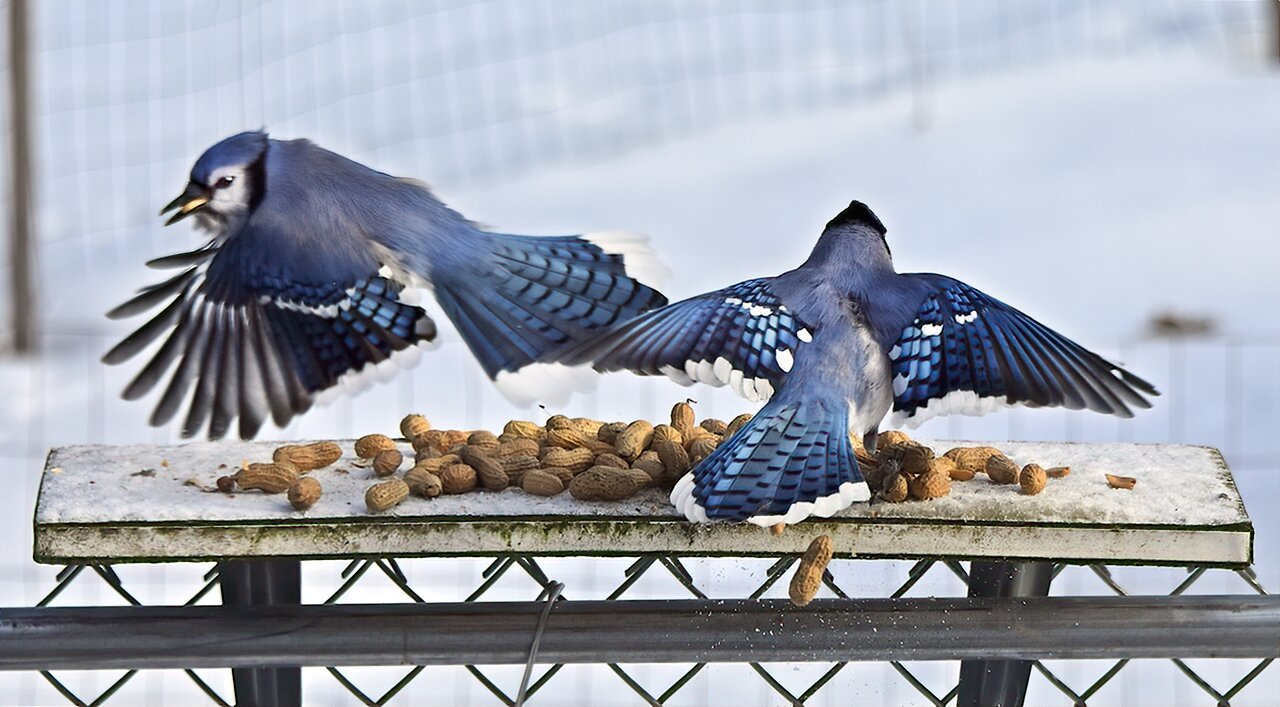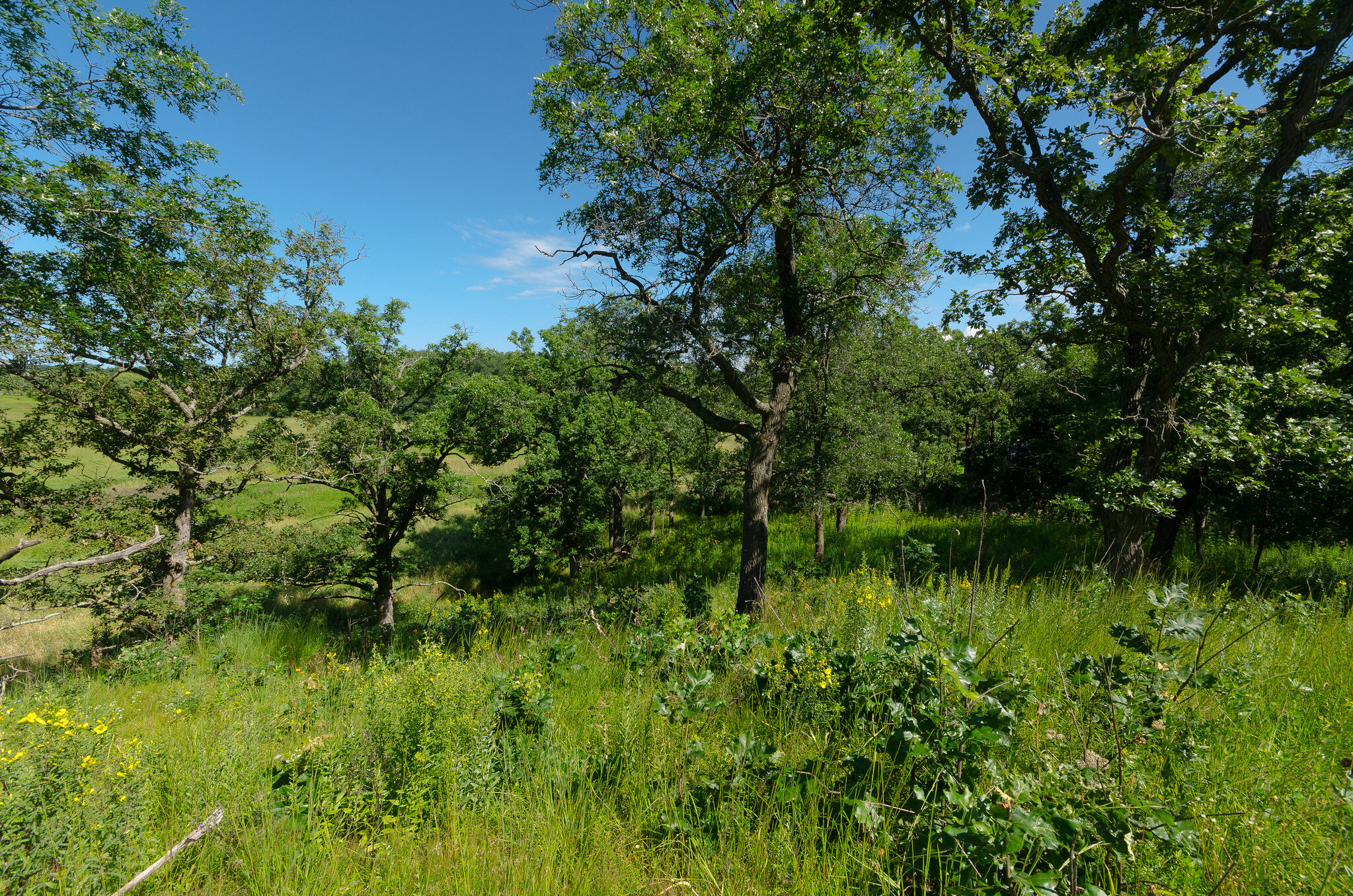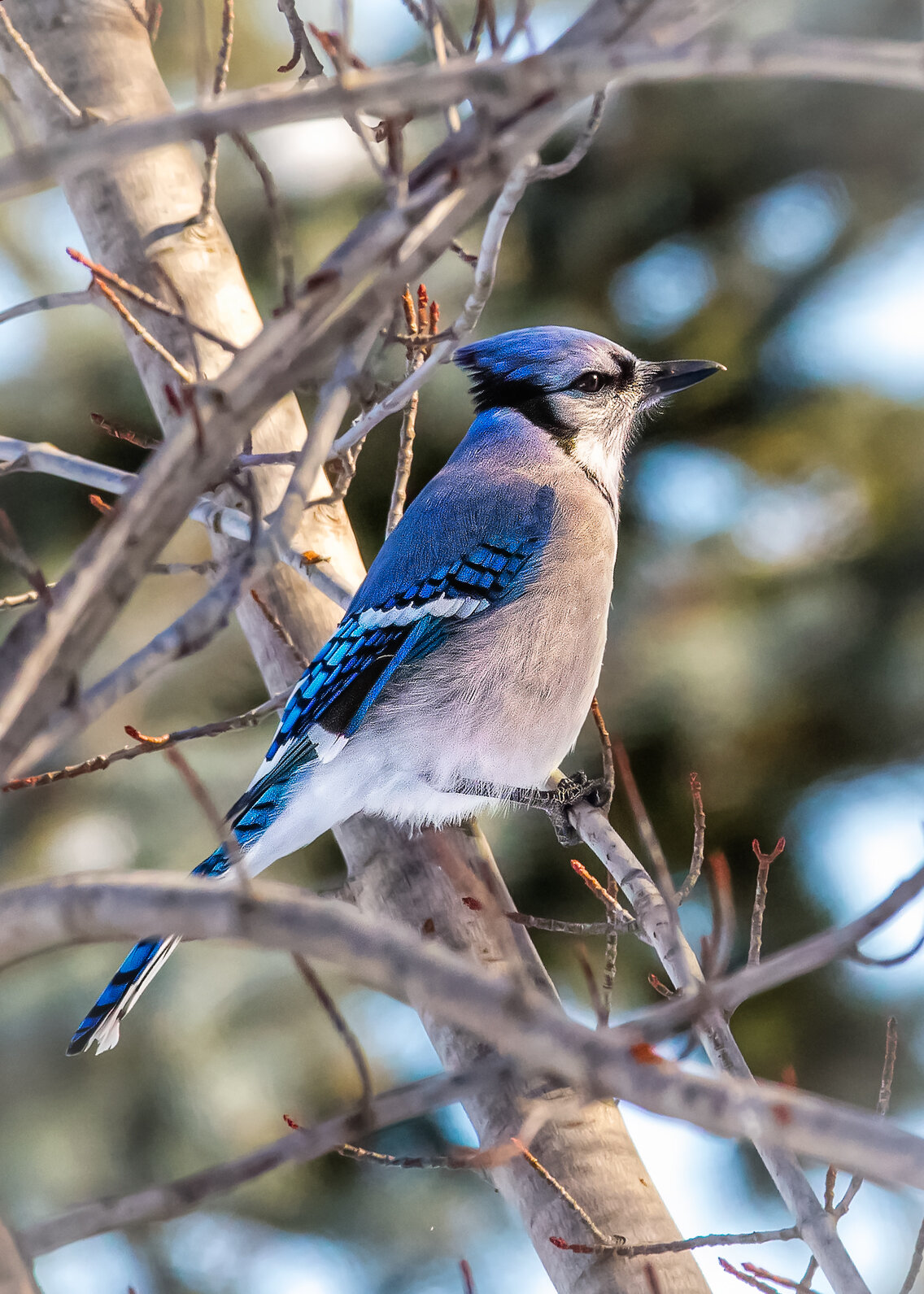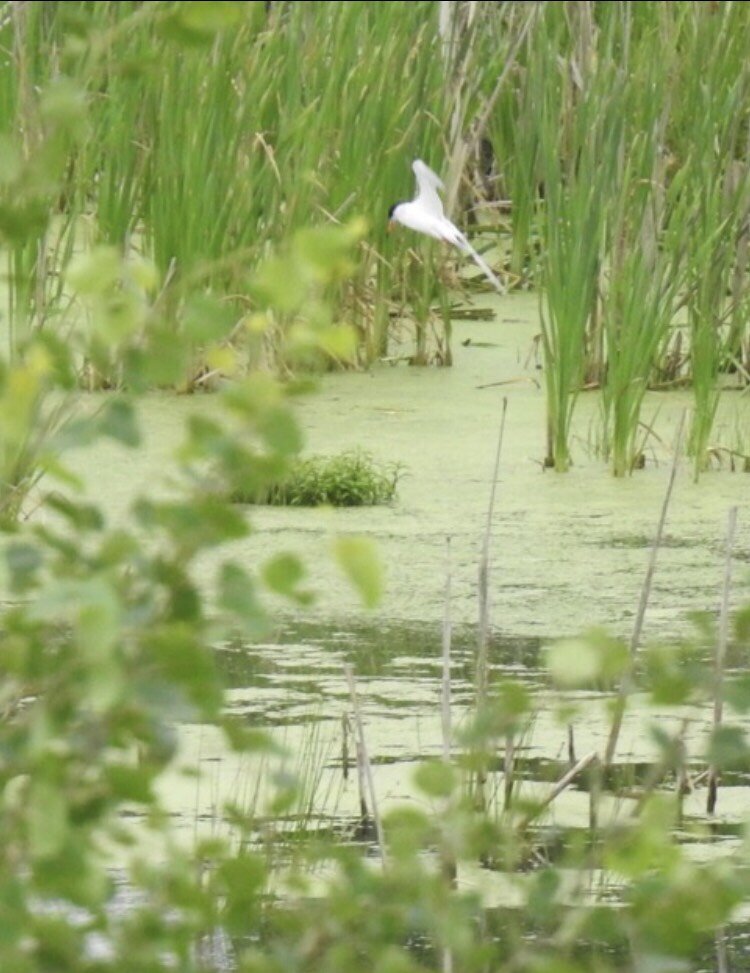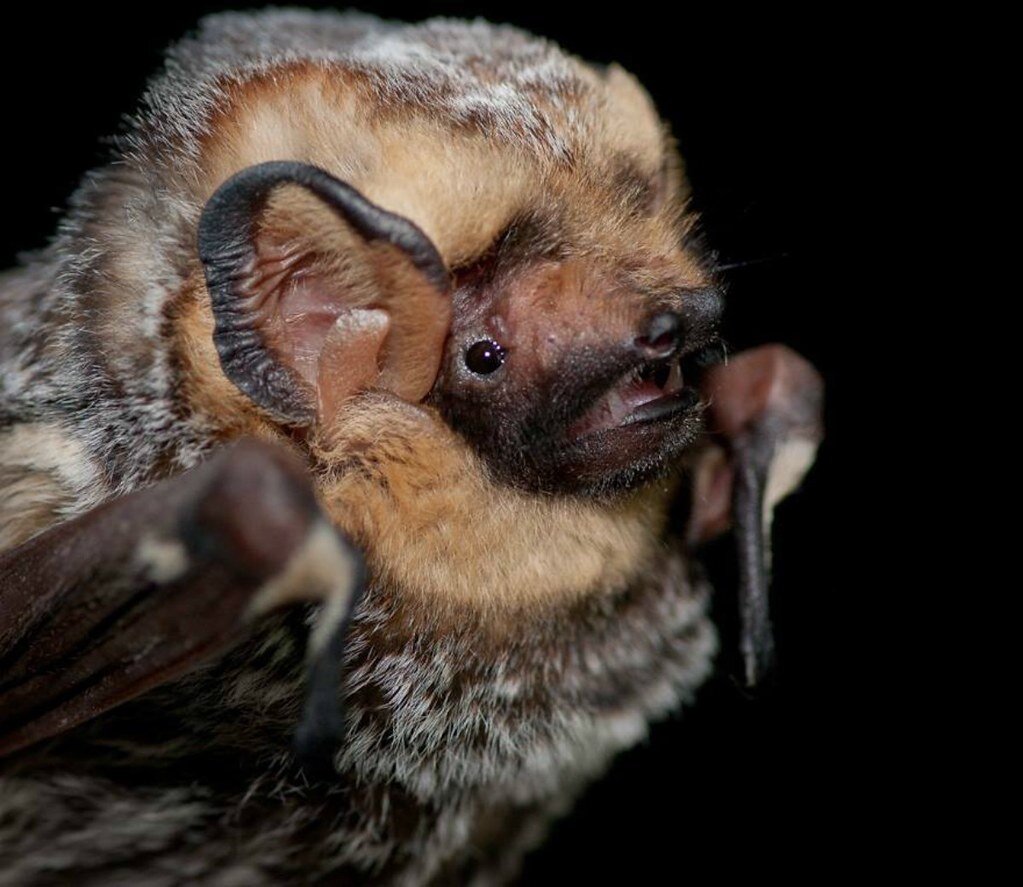We were contacted by Archipelago Films, of New York, to discuss the idea of their company filming wetlands and migrating birds at Goose Pond as part of an IMAX production they were filming. We welcomed the opportunity to learn more about the production that would contain footage of the property and have the chance to work with this enthusiastic and professional group of filmmakers. Here is a trailer for Wings over Water, to be released in 2021 and narrated by actor Michael Keaton.
The film crew would be with us for three days and on Sunday night, October 27, three crew members from Archipelago Films arrived at the house. Director and co-founder of Archipelago Films Andrew Young, Assistant Camera technician Brandon Sargeant, and Office PA Rebecca Markowitz, arrived at Goose Pond and were later joined by Juan Romaro from Sylvan Heights Bird Park in North Carolina. We helped them unpack and get organized for the next days filming and at 10:20 pm, they left for at the Arlington Inn where they enjoyed good food at the end of the Packer game.
On Monday, the crew was joined by Neil Rettig and Dr. Laura Johnson with Neil Rettig Productions (see bottom of post for more info on Neil and Laura), and Steve Gruskin, Line Producer with Archipelago Films. They began the day by assessing the wetlands and made plans for filming. A boat and two canoes were moved to the wetland edge where they would be used to transport the crew out over the water. Once set up they filmed cranes and mallards.
Preparing for launch takes a little longer with all this equipment! Photo by Arlene Koziol
Tuesday morning, the crew arrived early to find three inches of snow and about 500 Canada geese south of the barn. Andy set up his camera by the seed building and Neil filmed by the milkhouse. They were rewarded with excellent slow motion footage when the entire flock of geese flew past. John MacGillivary from Dorsey Pictures and Arlene Koziol, Madison Audubon volunteer and conservation photographer, arrived and were there to shoot behind the scenes photos and footage of the filmers. Arlene produced a wonderful photo collection and a video:
Photos and film from the filming of “Wings over Water” — Goose Pond Sanctuary segment, fall 2019. By Arlene Koziol
To increase the playback quality of this video, click the gear button and choose 1080pHD; click the box symbol to the right for full-screen viewing.
The wetland scrapes provided a beautiful setting for the mallard ducks needed for the film. Goose Pond is a prairie pothole wetland and this type of habitat is featured in Wings over Water. Mark learned from Andrew Young that Wings over Water is a major entertainment and educational effort with a focus on the species and prairie pothole ecosystem, and not on land preservation, threats, or hunting. Rather, the film tells the story of three wetland species: yellow warbler, sandhill crane, and mallard duck. The filmmakers follow the family groups as they return from southern wintering grounds to nest and raise the next generation of the species.
After finishing filming south of the barn, everyone then moved to the Lapinski-Kitzke Prairie for the filming of two sandhill cranes who seemed to enjoy the snow-covered landscape. Sue scouted by car for a flock of cranes that she had been seeing over the past couple of weeks, foraging in a soybean field about five miles east of Goose Pond. The day ended with Mark and Andrew heading back to Sue’s crane flock which had greatly dwindled in numbers and was too far from the road for the cameras to capture.
A sandhill crane frolicks in the snowy cornfield near Goose Pond during the “Wings over Water” shoot. Photo by Arlene Koziol
Wednesday was spent filming more cranes and mallards landing and taking off. By midday the weather forecast for Thursday was for snow, cold, and strong winds. Andrew announced a change of plans and the crew would stay and extra day to film on Thursday. This was an excellent chance to film cranes, mallards, geese, and tundra swan in harsh, early winter weather that causes some species to migrate south.
Thursday’s weather was just as predicted. It was cold, snowy, and blustery. Everyone was prepared with warm clothes, foot and hand warmers, hot coffee, hot chocolate and snacks. The crew focused on their job and shouldered through. By early afternoon, they wrapped by filming more cranes and mallards. Andrew did an interview for Dorsey Pictures while Mark and Neil headed to Goose Pond Road to film Canada geese and tundra swans.
Welcome to Wisconsin! Filmmakers put on a good face filming during a fall snow. Photo by Mark Martin
After filming the geese and swans Mark and Neil returned to the “crane field” that Sue located on Tuesday and were rewarded with finding 550 sandhill cranes, along with Canada geese, and mallards. They secured some footage of the flocks but not close ups and Andrew said let’s call it a day. Mark and Neil were the first to leave and were rewarded when finding cranes and geese very close to the road. Mark drove and Neil filmed from inside the van with the expensive Red camera securely fastened floor. Neil photographed cranes landing, dancing, and taking off with occasional geese in the footage.
We ate lunch at 3:00 p.m. and Andrew mentioned that they did not know where to film after leaving Goose Pond, and that perhaps they could drive to North Dakota where another film crew was filming waterfowl or find a large number of cranes. Sue mentioned that Crex Meadows in Burnett County is the place to go for sandhills and we put in a call to Steve Hoffman, former Arlington resident and DNR Wildlife Supervisor for the Burnett County Wildlife Areas. Steve informed us that there were currently 14,000 cranes staging at Crex and so that became their next destination. We heard from Andrew the next day that they connected with the birds and were getting good pictures.
A major partner to the venture, Ducks Unlimited’s CEO Adam Putnam, had this to say about Wings over Water: “North America’s Prairie Pothole Region is a top conservation priority area for our organization. We immediately saw the need to partner on this film to help educate the public on the region’s critical importance to waterfowl, other bird species and wildlife in general. When people of all ages and from all walks of life watch this film, they will have a better understanding of why we all must work together to conserve the Prairie Pothole Region to benefit waterfowl, other wildlife, people and communities across the continent.”
DU is also working in conjunction with the Max McGraw Wildlife Foundation of Illinois and other donors to produce Wings Over Water.
Check out the Archipelago Films trailer for Backyard Wilderness completed in 2018.
The Rest of the Story
When John MacGillivary introduced himself to us he said he was from Montana and was working for Dorsey Pictures and Chris Dorsey who is the Executive Producer for Wings over Wetlands. Mark ask him if Chris grew up in Wisconsin and John replied yes, and that Chris and his wife are the head of Dorsey Pictures headquartered in Denver, the largest producer of outdoor history films in North America.
What a small world. Chris grew up in DeForest! We recently spoke with him and asked how he became interested in the natural resource field. He mentioned that he had two teachers that sparked his interest including Biology Teacher, Darrell Potter, past MAS Board member who brought his students including Chris to Goose Pond Sanctuary. Chris then mentioned that he had also met a “young couple” (Mark & Sue) who were the resident managers at Goose Pond Sanctuary and that he came to know us. He frequently visited Goose Pond with his English setter looking to see pheasants.
Chris is the youngest of nine siblings and grew up hunting and fishing with the family. He spent many days hunting ducks in the local marshes including Schoeneberg Marsh and hunting Canada geese in picked cornfields near Goose Pond. He later wrote Pheasant Days and 150 Waterfowling Tips, Tactics, and Tales.
Chris worked for Ducks Unlimited (DU) as head of their Media and Marketing Section. After leaving DU he and his wife Amy formed a media company, now called Dorsey Pictures.
In 2018, Chris attended a waterfowl conference coordinated by the Max McGraw Foundation. Chris and Charlie Potter, CEO of the Max McGraw Foundation, spoke about the need to celebrate and create awareness of the prairie pothole ecosystem and hatched the idea of Wings over Water. Chris enjoyed telling us that Susan Todd, Co-founder of Archipelago Films, reported that Laura and Neil had found a beautiful prairie pothole to film at in southern Wisconsin. Chris asked where the wetland was and she said it was Goose Pond Sanctuary near Arlington, where Chris first experienced a prairie pothole. A small world indeed!
On-site with the Archipelago Films crew at Goose Pond, fall 2019. Photo by Arlene Koziol
Wings over Water will be shown in super IMAX theaters in 2021, conventional IMAX theaters found at venues like museums, and finally will be released to Netflix and local theaters.
Thanks to Graham Steinhauer, Jean Trager, Rachel Barker, and Calla Norris from Goose Pond Sanctuary for helping out.
Written by Mark and Sue Foote Martin, Resident Managers with photos and filming by Arlene Koziol, MAS Volunteer Conservation Photographer
Cover photo by Arlene Koziol
NEIL RETTIG, Wildlife Cinematographer
Neil Rettig is a world renowned 6-time Emmy Award winning cinematographer with over 40 years experience filming rare and endangered species world wide. Over the past four decades, Rettig has contributed to the production of hundreds of films, including IMAX Productions, National Geographic Specials, and Science Documentaries. His knowledge of raptors, especially the rare forest Eagles, has resulted in scientific publications and a greater understanding of critically endangered species such as the Philippine and Harpy Eagles. Neil’s fieldwork has been instrumental in the conservation of rare and threatened animals, the establishment of protected ecosystems around the world, and breeding projects for endangered species. Neil has been acclaimed for his creative eye, artistic composition, lightning fast ability to capture the moment, and intimacy with the subject.
DR. LAURA JOHNSON, Expedition Coordinator
Laura Johnson is a Doctor of Veterinary Medicine with over 30 years of experience. She’s fiercely passionate about raptors and has spent most of that time focused on birds of prey– as an avian vet and licensed wildlife rehabilitator. Today Laura splits her time between the veterinary office, assisting Neil on film shoots and expeditions, and caring for the birds and animals at her farm in Wisconsin.







